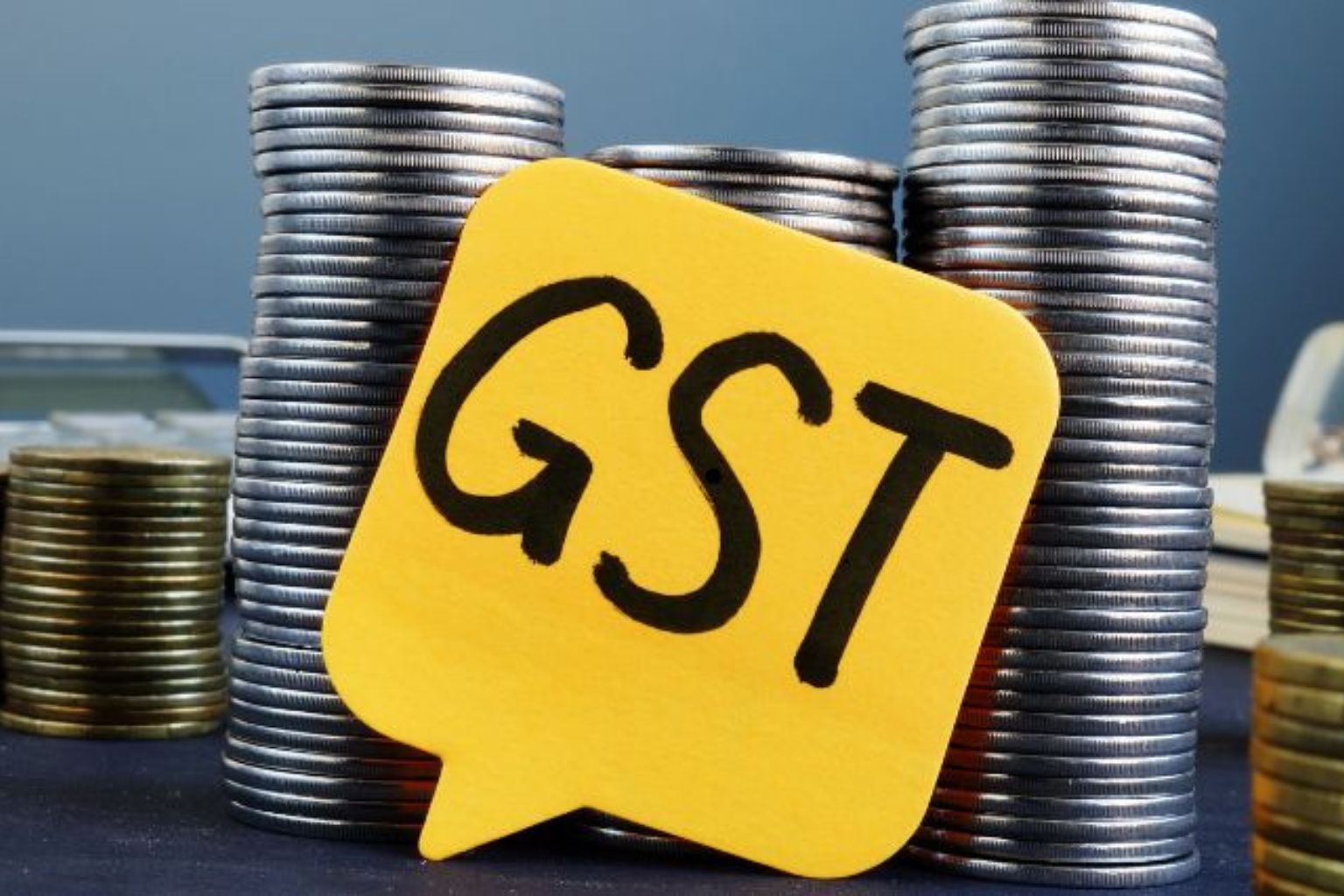On September 22, 2025, which marks the first day of Navratri, the Indian government will implement GST 2025, which is a complete restructuring of the Goods and Services Tax regime. The existing four-tier structure of 5%, 12%, 18%, and 28% (taxes) is being replaced with a much more simplified approach.
There are now 2 main slabs at 5% and 18%, as well as a 40% bracket for luxury and (socially irresponsible) sin goods. The other taxes on Tobacco, gutkha, and Cigarettes will not change; they will remain within their burdensome high tax structure. This marks a GST Slashed – 6–8 times reduction.
Essentials Go Lighter on Tax
Everyday staples are going to be cheaper. Features such as hair oil, shampoos, toothpaste, toilet soap, shaving cream, bicycles, and home dining utensils now fall within the 5% Essentials GST rate slab instead of the 12% or 18%.
Dairy items such as butter, ghee, cheese and namkeen will also fall within the lower slab. More importantly, UHT milk, paneer, roti, paratha, pizza bread, khakhra, notebooks, pencils, and maps will now not be taxed because of the 0% GST slab. This GST reduction is expected to benefit households during Diwali.
Electronics, Appliances, and Automobiles
Luxury consumer goods and automobiles are also receiving tax cuts. High value household items such as television sets, refrigerators, washing machines, air conditioning units and laptop computers which previously attracted 28% GST, now fall under the 18% bracket.
Automobiles are also benefitting from greeted changes. Small cars, entry-level motorcycles (those not exceeding 350 cc) and commercial vehicles (including last mile delivery type vehicles) are now taxed at 18% rather than 28%, thus reducing the costs for purchasers. These are part of the Diwali 2025 GST changes.
The Diamond, Luxury, and Sin Tax Hit
Luxury and discretionary items also fall into the new 40% slab. This includes expensive cars, luxury products, caffeinated or carbonated beverages, pan masala and tobacco. The government has intentionally placed these goods under a higher rates of tax so that they may considerably offset the relief provided on essential and middle-class consumption items.
Government Watch and Transition Ease
Regulators will watch pricing closely to ensure the reduced tax burden is reflected as a real saving to consumers. The Government is putting into place industry watching and consumer awareness campaigns to mitigate opportunistic price hikes from profiteering and make sure households receive the benefit of the cuts. To help with this adjustment, companies have until December to continue to sell unsold inventory with old MRP unless labels are removed. This clarifies how GST cuts affect Diwali shopping.
Festive Spirit Ahead
The timing of these reforms shows a clear festive tactic. The government is hoping to get spending going and alleviate the pressure of costs regarding family budgets before Diwali.
The Diwali GST reduction of GST rates on essentials, appliances, and automobiles has clearly benefited the middle-class households, which creates a moment of relief for these households and encourages a positive market sentiment. Shoppers can expect GST on groceries and essentials to be lower, boosting festive buying confidence.
Summary Breakdown
- Implementation Date: September 22, 2025 (Navratri start)
- New Slabs: 5%, 18%, and 40% (plus items with 0% GST)
- What is Cheaper: Essentials (dairy, bread, toiletries), electronics, small vehicles (Essentials GST rate)
- Zero Tax Zone: Basic food, stationery, insurance
- 40% Bracket: Luxury, tobacco, premium goods
- Transition Help: Old packaging allowed until December, government monitoring
- Why It Matters: Festive spending boost, relief for households, GST rate cut effective September 22, reduced tax complexity, understanding how GST cuts affect Diwali shopping
Read Also: Hyundai Georgia Plant Raid Detains 475 Workers Amid Safety Concerns











